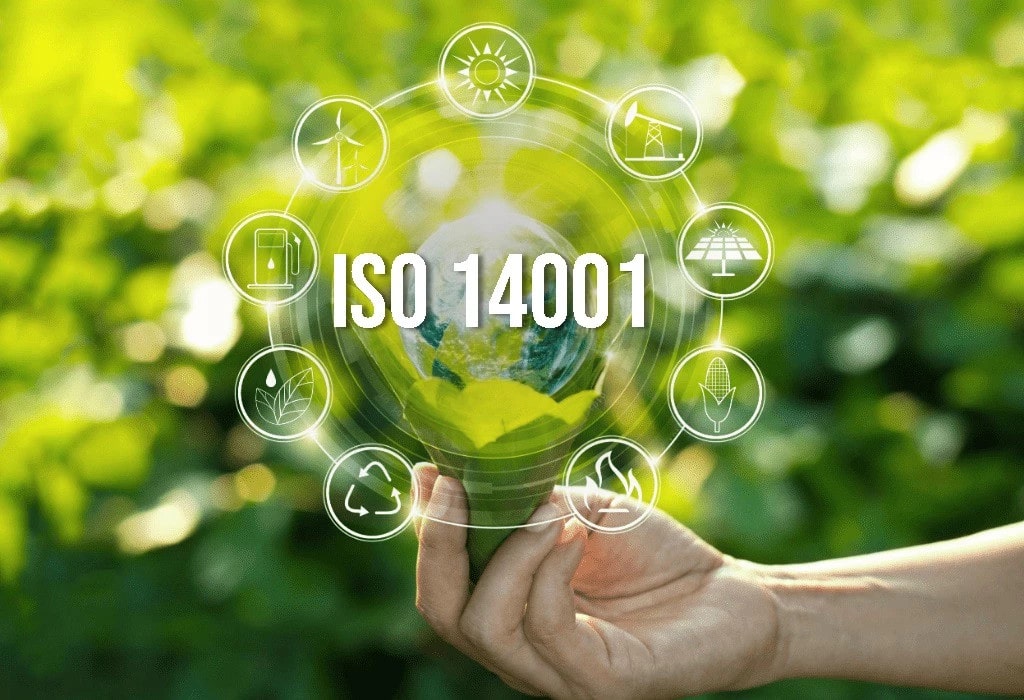
ISO 14001
Various enterprises and organizations significantly impact the environment, prompting the urgent need for effective environmental management systems since 1996. The latest international standards, updated with recent changes and additions, offer robust solutions for optimizing production while addressing environmental concerns.
IMPLEMENTATION OF AN ENVIRONMENTAL MANAGEMENT SYSTEM:
The system is tailored individually for each enterprise, considering its processes, specific activities, and equipment used.
Organizations specializing in the development, training, and implementation of environmental safety systems are involved in various sectors, including:
- Agriculture and related services
- Crop production, animal husbandry, forestry
- Mining industry and its branches
- Oil refining industry
- Food production
- Textile manufacturing, including non-textile materials
- Wood processing and wood products
- Publishing and pulp and paper industry
- Chemical and industrial product manufacturing
- Rubber and plastic product manufacturing
- Production of non-metallic mineral products
- Metallurgical and metal product manufacturing
- Engineering
- Production of electrical, electronic, and optical equipment
- Vehicle manufacturing
- Other industries
- Production and distribution of electricity, gas, and water
- Construction
- Trade and repair services
- Hospitality and restaurant services
- Transport and communication services
- Financial services and insurance
- Real estate operations
- Public administration, education, and social assistance
- Community and cultural services
- Domestic services
IMPLEMENTING ISO 14001:2015 PROVIDES:
- Enhanced environmental performance of the organization, including the environmental impact of products and services throughout their lifecycle.
- Reduced environmental risks.
- Improved operational measures for environmental protection.
- Enhanced company image and competitiveness in both domestic and international markets.
KEY ELEMENTS OF THE ISO 14001 SYSTEM INCLUDE:
- Environmental management policy
- Planning the environmental management system (goals, objectives, programs)
- Implementation and operation of the management system
- Control, performance evaluation, and internal audits
- Management reviews
- Continuous improvement of environmental management